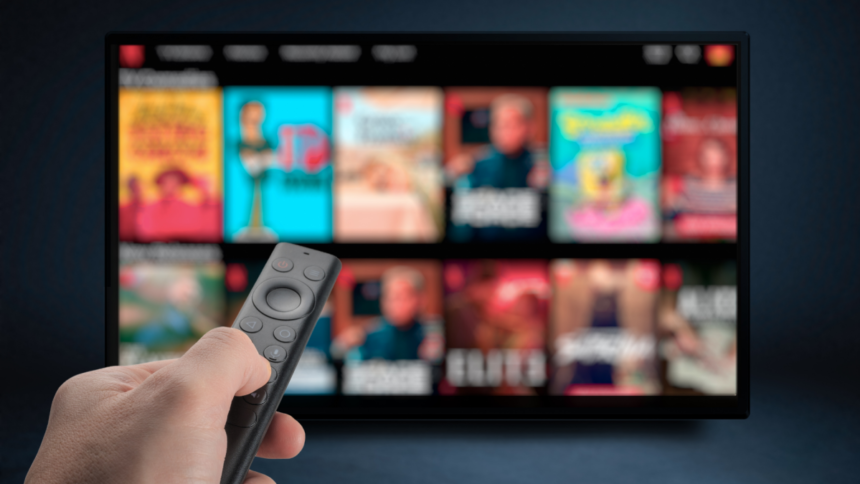The Ultimate Guide to Choosing the Right Streaming Device
If you’re in search of a versatile streaming solution for your favorite shows and movies, opt for a portable streaming device, such as a streaming stick or a box, rather than a smart TV. The selection process can be influenced by several factors, which can be categorized into six key areas to facilitate your decision-making.
Types of Streaming Devices
Streaming devices are typically divided into two main categories: streaming sticks (like the Fire TV Stick 4K and the Roku Express 4K+) and set-top boxes, such as the Apple TV 4K and the Fire TV Cube.
Streaming sticks, which are slightly larger than USB drives, connect directly to the HDMI port of your television. In contrast, streaming boxes, which typically measure a few inches on each side, use HDMI cables for connectivity. Sticks are designed for portability, while boxes often offer additional features, like Ethernet ports for direct connection to your modem or router, and USB ports for media playback. Both varieties include remote controls.
Brands like Google, Roku, and Amazon offer both types of streaming devices, whereas the Apple TV 4K is strictly a box. (Additionally, Nvidia’s Shield TV and Shield TV Pro are both categorized as boxes.)
Streaming Operating System
Choosing a streaming operating system (OS) can significantly narrow down your options. There are four main OS options, each providing unique advantages. Roku’s interface is renowned for its user-friendliness, while Google TV excels in offering tailored content suggestions. If you are entrenched in the Amazon or Apple ecosystems, both Fire TV and Apple TV will feel intuitive.
Device Compatibility
When comparing OS options, consider how well they integrate with your existing smart home technology and the apps you frequently use. Fire TV seamlessly integrates with Alexa-driven setups, while Google TV is compatible with Google Assistant and related devices. Apple TV allows iPhone users to utilize their smartphones as remotes and works harmoniously with other Apple products. Staying within the same ecosystem can alleviate potential complications and make for a smoother user experience.
Most major streaming platforms, including Netflix, Hulu, and Prime Video, can be accessed on all devices, so there isn’t much to distinguish between them on this front. However, certain apps, such as iTunes and Google Play, may limit content availability to specific devices.
Quality of Streaming
To ensure exceptional video and audio quality, it’s essential to examine the specifications of each device regarding the formats they support. The latest streaming sticks and boxes typically support 4K and HDR formats (including HDR10, HDR10+, and Dolby Vision), which offer enhanced detail, superior color accuracy, and crisper visuals. Additionally, some devices feature Dolby Atmos for immersive sound and higher frame rates that enhance gaming and fast-paced sequences.
It’s important to note that to fully utilize a 4K streaming device, your television must also support 4K resolution; otherwise, the content will be downscaled to match your TV’s capabilities.
Internet Connection Speed
All streaming devices come with integrated Wi-Fi, and many also include an Ethernet port for a hardwired connection. If you use a device that supports Wi-Fi 6 along with a compatible router, expect faster performance. As outlined by Consumer Reports, speeds of 15 to 25 Mbps are necessary for optimal 4K streaming, and faster speeds are recommended if multiple devices share the connection simultaneously.
Cost Considerations
Lastly, consider your budget. Streaming sticks such as the Roku or Fire TV stick are cost-effective options usually available for around $20 to $40, while the Apple TV 4K typically retails for about $130 when purchased new.












